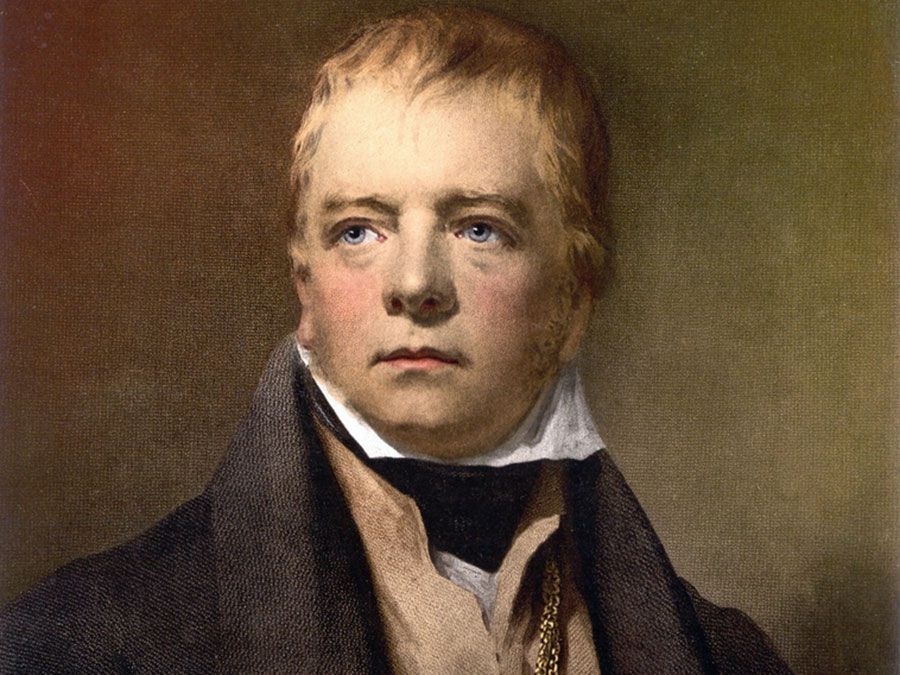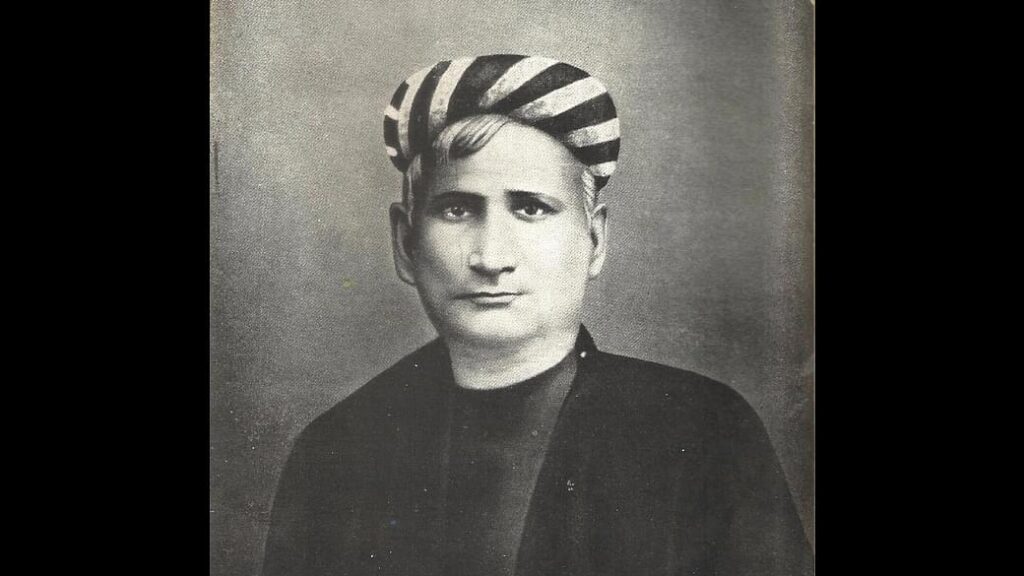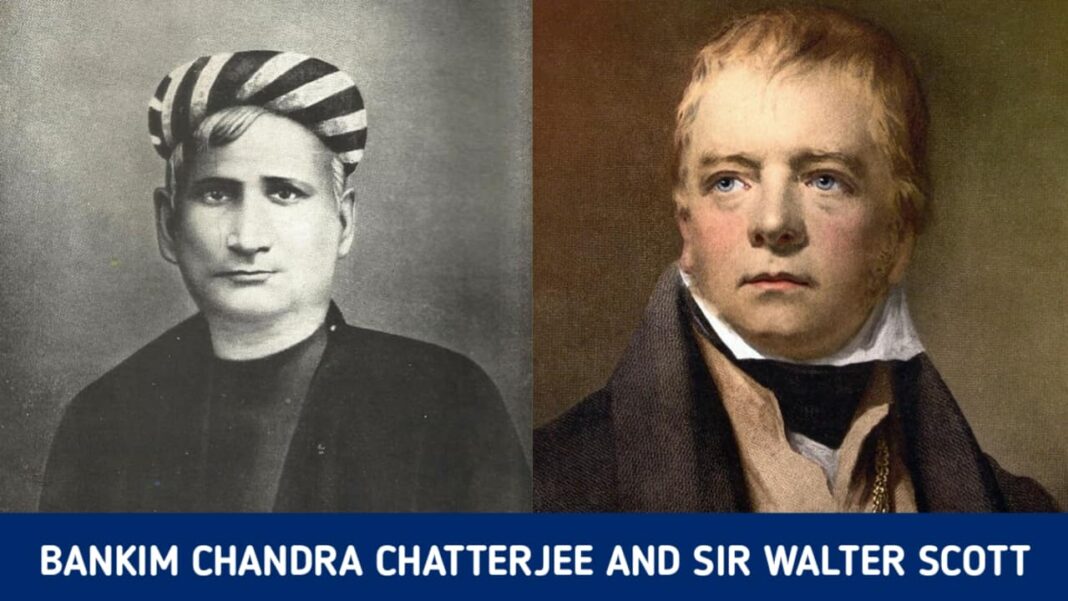Bankim Chandra Chatterjee, one of the greatest literary figures of the 19th century, was a renowned Bengali novelist, poet, journalist, and essayist. He is regarded as one of the pioneers of modern Bengali literature and his contribution to the literary and cultural heritage of Bengal is immense. One of the most interesting aspects of his literary works is the influence of Western literature, particularly that of Sir Walter Scott, on his writing style. This article explores the reasons behind why Bankim Chandra Chatterjee is called the Walter Scott of Bengal.
Table of contents
Introduction
Bankim Chandra Chatterjee was born in 1838 in the small village of Kanthalpara in the district of Nadia in Bengal. He was a brilliant student and had a keen interest in literature from a young age. After completing his education, he worked as a teacher and a government official before dedicating himself to full-time writing.
Chatterjee’s literary career began in the 1860s with the publication of his first novel, Durgeshnandini. The novel was an instant success and established Chatterjee as a major literary figure in Bengal. He went on to write several more novels, including Kapalkundala, Mrinalini, and Devi Chaudhurani, which were all well-received by both critics and readers.
Walter Scott’s influence on Bankim Chandra Chatterjee’s writing style
Walter Scott, a Scottish novelist, poet, and historian, was one of the most influential literary figures of the 19th century. His novels, which were set in historical periods and depicted the lives of ordinary people, were immensely popular in Europe and America.

Walter Scott’s influence on Bankim Chandra Chatterjee’s writing style is evident in several ways. Firstly, both authors wrote historical novels that were set in a specific time period and depicted the lives of ordinary people. Chatterjee’s novels, like Scott’s, were set in different periods of Indian history and provided vivid descriptions of the customs, traditions, and beliefs of the people of that time.
Secondly, both authors were masters of characterization. Scott’s novels were famous for their vivid and realistic portrayal of characters, and Chatterjee’s novels were no different. His characters were complex and multifaceted, and their motivations and actions were intricately woven into the plot.
Thirdly, both authors were skilled in the use of language. Scott’s novels were known for their poetic language and vivid descriptions of landscapes and natural scenery, and Chatterjee’s novels were no different. His writing was characterized by a rich and poetic language that vividly depicted the beauty and grandeur of the Indian landscape.
The popularity of Bankim Chandra Chatterjee’s novels
Bankim Chandra Chatterjee’s novels were immensely popular in Bengal and played a significant role in the development of Bengali literature. His novels were widely read and appreciated by both the educated elite and the general public.
Chatterjee’s novels were particularly popular because they provided a glimpse into the lives and customs of ordinary people in India’s past. They also celebrated the cultural and spiritual heritage of India, which was a source of great pride for many Indians at the time.
Furthermore, Chatterjee’s novels were written in a language that was accessible to ordinary people, which made them popular among the masses. He used colloquial language and idioms in his writing, which made his novels relatable and understandable to people from different backgrounds and social classes.

The legacy of Bankim Chandra Chatterjee
Bankim Chandra Chatterjee’s contribution to the literary and cultural heritage of Bengal is immense. He is regarded as one of the pioneers of modern Bengali literature, and his works continue to inspire and influence generations of writers and readers.
Bankim Chandra Chatterjee’s novels continue to be widely read and appreciated in India and beyond. They have been translated into several languages, including English, and have been adapted into films and television series.
Furthermore, Chatterjee’s legacy extends beyond his literary works. He was a vocal advocate of Indian independence and played a significant role in the Indian nationalist movement. His essays and speeches on nationalism and cultural identity continue to be relevant today and provide insight into the complex history of India’s struggle for independence.
Conclusion
Bankim Chandra Chatterjee’s contribution to Bengali literature and Indian culture cannot be overstated. His novels, which were heavily influenced by the works of Walter Scott, are characterized by their vivid portrayal of characters, settings, and customs, and their celebration of India’s cultural and spiritual heritage. Chatterjee’s legacy extends beyond his literary works and includes his role as a nationalist and advocate for Indian independence. He is rightfully regarded as one of the greatest literary figures of the 19th century and a true cultural icon.
Bibliography
- Chakravarti, Uma. (1993). Gendering Caste Through a Feminist Lens. Calcutta: Stree.
- Chatterjee, Bankim Chandra. (2006). Anandamath. Delhi: Oxford University Press.
- Dutta, Krishna, and Andrew Robinson. (1997). Rabindranath Tagore: The Myriad-Minded Man. London: Bloomsbury.
- Majumdar, R.C. (1984). The Sepoy Mutiny and the Revolt of 1857. Delhi: Sterling Publishers.
- Ray, Sangeeta. (1992). En-Gendering India: Woman and Nation in Colonial and Postcolonial Narratives. Durham: Duke University Press.
- Scott, Walter. (1819). Ivanhoe. London: Longman, Hurst, Rees, Orme, and Brown.
- Singh, Shrawan Kumar. (2003). Bankim Chandra Chatterjee: A Literary Companion. New Delhi: Atlantic Publishers & Dist.



 For all latest articles, follow on Google News
For all latest articles, follow on Google News